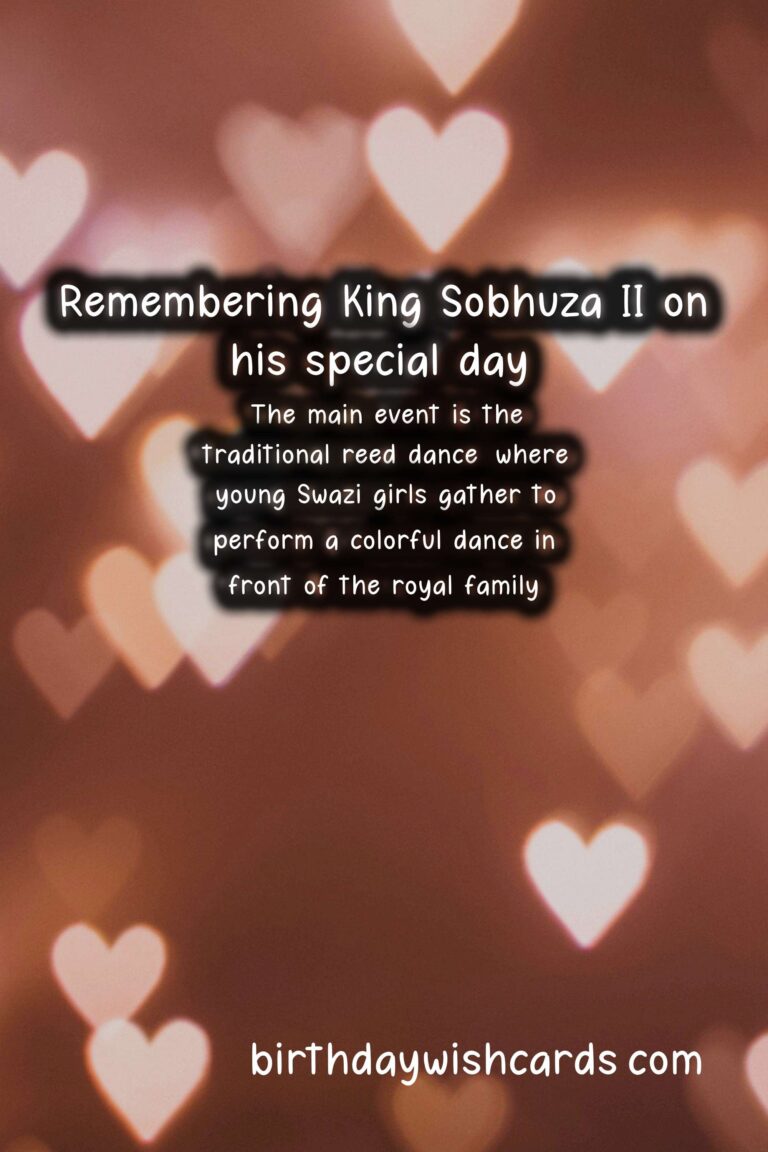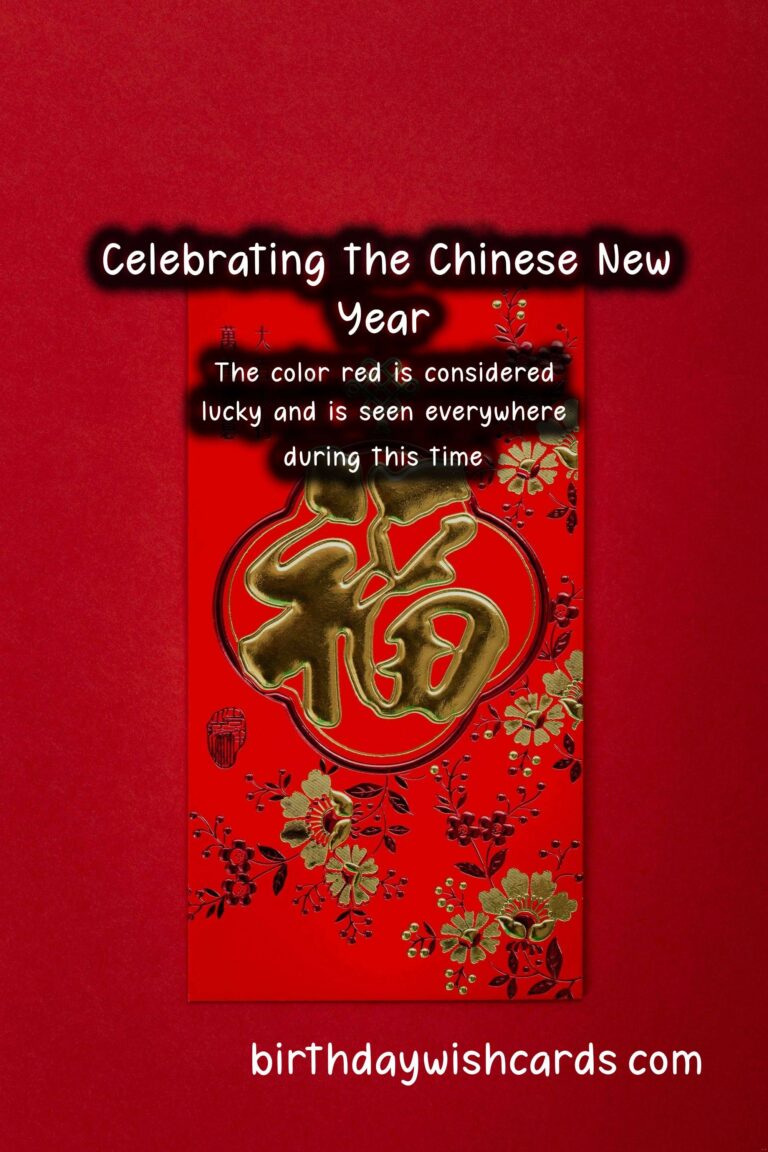Baba Marta – Celebrating the Beginning of Spring in Bulgaria
Bulgaria is a country located in southeastern Europe, known for its rich culture and traditions. One of the most celebrated traditions in Bulgaria is the holiday of Baba Marta on March 1st. This holiday marks the beginning of spring and is associated with the exchange of martenitsi, traditional Bulgarian bracelets made of red and white yarn. Let’s take a closer look at the traditions and customs that make Baba Marta a special and beloved holiday in Bulgaria.
The name of the holiday Baba Marta translates to “Granny March” and is derived from a pagan goddess of war and fertility.
Baba Marta is celebrated by Bulgarians all over the world and is believed to bring health, happiness, and good fortune for the upcoming year.
The holiday is deeply rooted in Bulgarian folklore and is celebrated by young and old alike, making it a truly unique and inclusive holiday.
The main symbol of Baba Marta is the martenitsa, a small handmade bracelet or decoration, traditionally made of red and white yarn.
The red color symbolizes vitality, health, and the power of life, while the white color is associated with purity, peace, and joy.
On March 1st, Bulgarians exchange martenitsi with their friends and family, wishing each other health, happiness, and prosperity.
The exchange of martenitsi is accompanied by the traditional greeting ‘Chestita Baba Marta’, which translates to ‘Happy Baba Marta’ in English.
The tradition also includes tying martenitsi to trees and bushes, symbolizing the awakening of nature and the arrival of spring.
Martenitsi are worn until the wearer sees the first signs of spring, such as blooming trees or the first sighting of a stork, and then they are tied to a tree for good luck.
Bulgarians also believe that wearing a martenitsa protects them from the evil eye and brings good luck throughout the year.
Apart from martenitsi, Baba Marta is also associated with traditional dishes, such as ‘banitsa’ – a baked pastry with cheese, and ‘sirnik’ – a type of cheese pancakes.
In recent years, the celebration of Baba Marta has evolved and modern martenitsi can be found in various shapes and forms, including keychains, bookmarks, and even phone cases.
Bulgarians also use social media to share their martenitsi and exchange greetings with friends and family, making the holiday more widespread and inclusive than ever before.
Baba Marta is deeply ingrained in Bulgarian culture and has even been recognized by UNESCO as an intangible cultural heritage of humanity.
This recognition has helped to preserve and promote the beautiful traditions and customs associated with the holiday.
The holiday of Baba Marta is not only a celebration of the arrival of spring, but also a celebration of Bulgarian culture, unity, and tradition.
It is a time to come together with loved ones, to exchange martenitsi, and to share in the hope and joy that the new season brings.










#BabaMarta #Martenitsi #Bulgaria #Spring #Tradition








